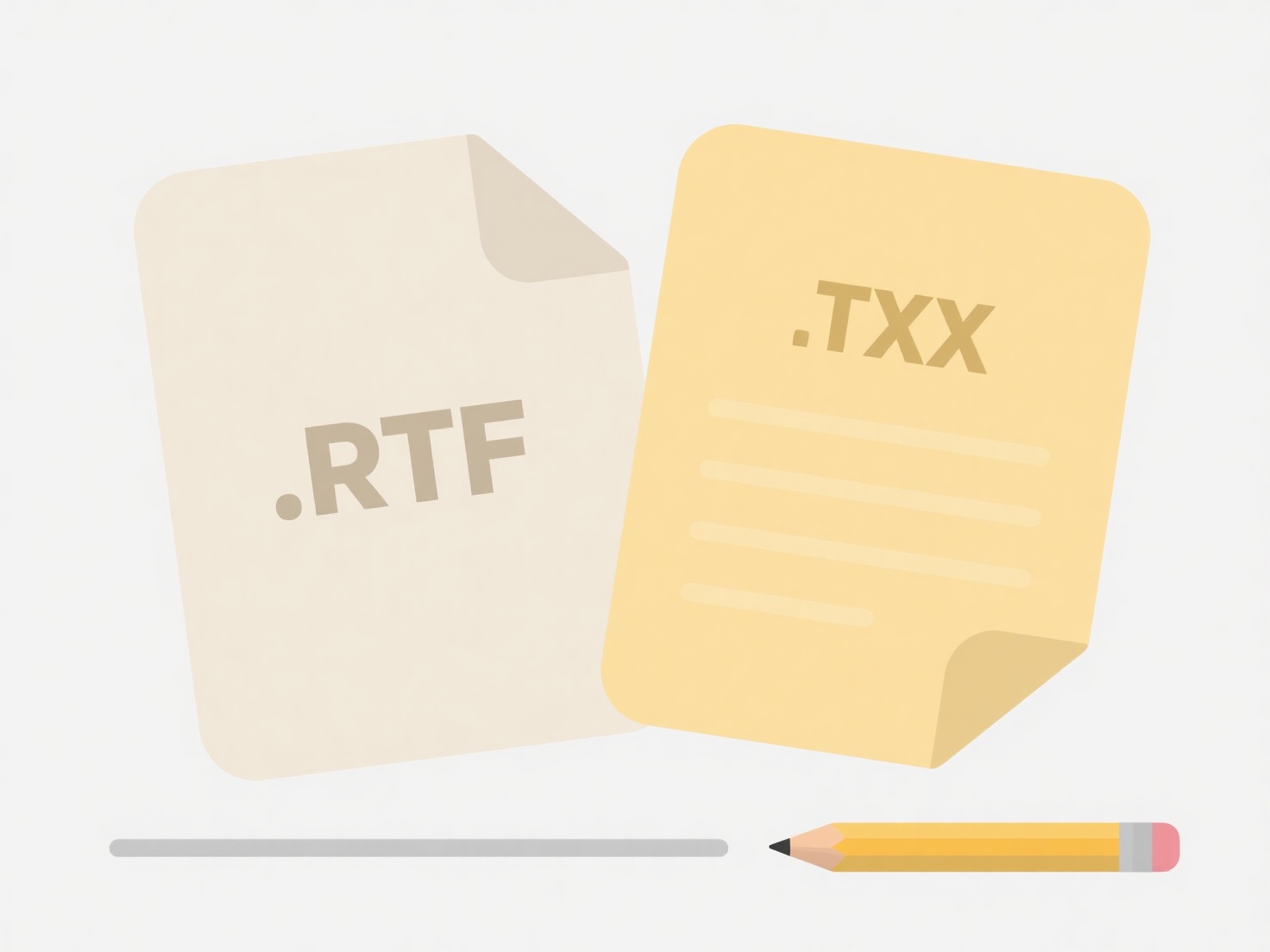
Daily log file names should clearly indicate both content and generation date to maintain chronological organization. Consistent naming conventions use YYYYMMDD or YYYY-MM-DD timestamps for unambiguous daily file differentiation. Including project or component identifiers (like server_ or app_) helps instantly recognize the source without opening files, unlike static filenames needing versioning suffixes or folders.

For example, a web service might generate /logs/webserver_20240115.log, rotating files automatically every midnight. A Hadoop data pipeline could use partitioned paths like /system/logs/ingest/dt=20240115/audit.log, leveraging the date directory structure for scalable storage. Tools like Python’s logging.handlers.TimedRotatingFileHandler or Ruby’s Logger automate this pattern.
Benefits include instant time-based sorting and simplified log aggregation tools like Splunk or AWS CloudWatch Logs. Drawbacks involve timezone ambiguity and sequence gaps if rotations fail. Use UTC dates to mitigate timezone conflicts, and pair with monitoring to detect skipped rotations. While timestamps aid forensic analysis, ensure formats avoid regional ambiguities (like MM/DD vs DD/MM).
How should I name log files that update daily?
Daily log file names should clearly indicate both content and generation date to maintain chronological organization. Consistent naming conventions use YYYYMMDD or YYYY-MM-DD timestamps for unambiguous daily file differentiation. Including project or component identifiers (like server_ or app_) helps instantly recognize the source without opening files, unlike static filenames needing versioning suffixes or folders.

For example, a web service might generate /logs/webserver_20240115.log, rotating files automatically every midnight. A Hadoop data pipeline could use partitioned paths like /system/logs/ingest/dt=20240115/audit.log, leveraging the date directory structure for scalable storage. Tools like Python’s logging.handlers.TimedRotatingFileHandler or Ruby’s Logger automate this pattern.
Benefits include instant time-based sorting and simplified log aggregation tools like Splunk or AWS CloudWatch Logs. Drawbacks involve timezone ambiguity and sequence gaps if rotations fail. Use UTC dates to mitigate timezone conflicts, and pair with monitoring to detect skipped rotations. While timestamps aid forensic analysis, ensure formats avoid regional ambiguities (like MM/DD vs DD/MM).
Quick Article Links
What’s the difference between renaming and saving as a new file?
Renaming a file changes its name while keeping it as the same single file in the same location. Saving as a new file cre...
Why are backup systems creating unnecessary duplicates?
Unnecessary duplicates occur when backup systems store multiple identical copies of data without added protection benefi...
How do I group source files and exports?
Grouping source files and exports refers to organizing your codebase by logically bundling related files and their publi...